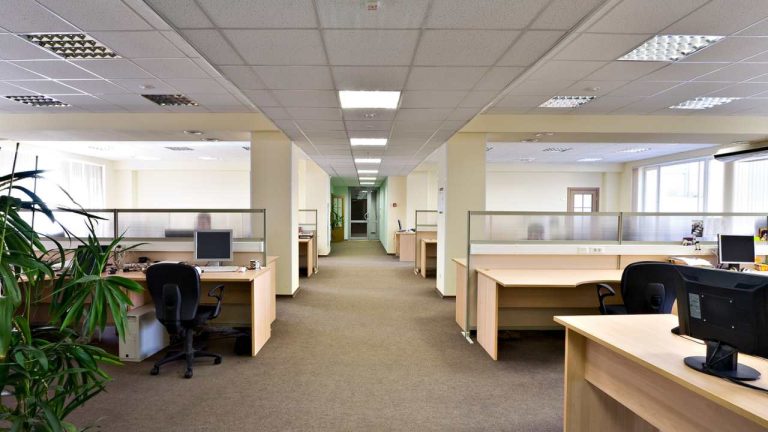Navigating the Retail Terrain: Lease Auditing Shopping Centres
When you are about to manage or lease a shopping centre, you have to start the process somewhere, usually the tenancy mix leases. From that, you can see the weaknesses of the property income streams and address them quickly.
Shopping centre performance is intricately connected, with tenants, customers, landlords, and property functions all playing a significant role. Each element is interwoven, with the tenant leases helping you ‘bundle up’ the income streams, which can help you influence the potential retail property performance.

Systematic Approach for Retail Tenants
For leasing and shopping centre managers, the key to success lies in their systematic approach to checking and changing the tenancy mix and leases. Understanding the tenants and their leases and then identifying the opportunities and changes needed is crucial for driving progress in the property.
So, where do you start your review if a retail property or shopping centre has weaknesses? First and foremost, with the tenants. As part of that, I would like to do a full SWOT analysis of the lease documentation for all the tenants. I can divide the tenants into priorities or zones for action and review.

Starting Your Lease Audit
Here are some other elements that I would take into consideration as part of starting the lease audit:
1: Current Lease Documents for Tenant Occupancy
Get copies of all current lease documents and associated occupancy licences. See how they are linked and make sure they are all current. From that basic approach, I like to get a copy of the documents to review them and highlight key points, dates, and matters of concern. You can create a ‘critical dates’ register for the leases and the tenancy mix from that.
2: Upcoming Critical Dates
Critical dates are the things that can happen in a property over a set period (the lease term). What you can do with that is watch the upcoming dates for all leases and tenants to ensure that matters are actioned effectively and early. Many property managers have overlooked critical dates in a lease and found that they have lost a position of negotiation. It is also embarrassing and can threaten occupancy or income potential.
3: Full Income analysis
The shopping centre income analysis will come from the leases. It will include the rents, outgoings recoveries, third income streams, rent reviews, market rents, and audit provisions. Stay ahead of all audit provisions, the critical lease dates, and all reporting requirements to the tenants and landlords as required. Financial controls in a shopping centre should be well-controlled and optimised for occupancy and lease documentation.

4: Vacancy Threats
Check for vacancies, arrears, and the threats of vacancy. Anything impacting the property income stream must be found and understood. When you know the threats of vacancy, you can take steps in advance to ensure that the flow of income is protected and optimised.
5: Tenant SWOT analysis
Given the existing tenancy mix, prioritise your tenants into levels of strength or weakness. Some tenants will be better than others in terms of long-term occupancy and customer attraction. Splitting the tenants up in that way will allow you to prepare for changes to occupancy and tenant replacements as required.
6: Tenant Retention plans and negotiations
Vacancy marketing plans and tenant retention planning are wise. Both strategies can improve a shopping centre. You can introduce better tenants and move others around the property to ensure customer interest and improve sales.

Basic Lease Audits Give Better Controls
These factors are the basic steps to take at the start of a lease audit and analysis in a shopping centre. You start a lease audit in a retail property to control the future of the investment property over time.





